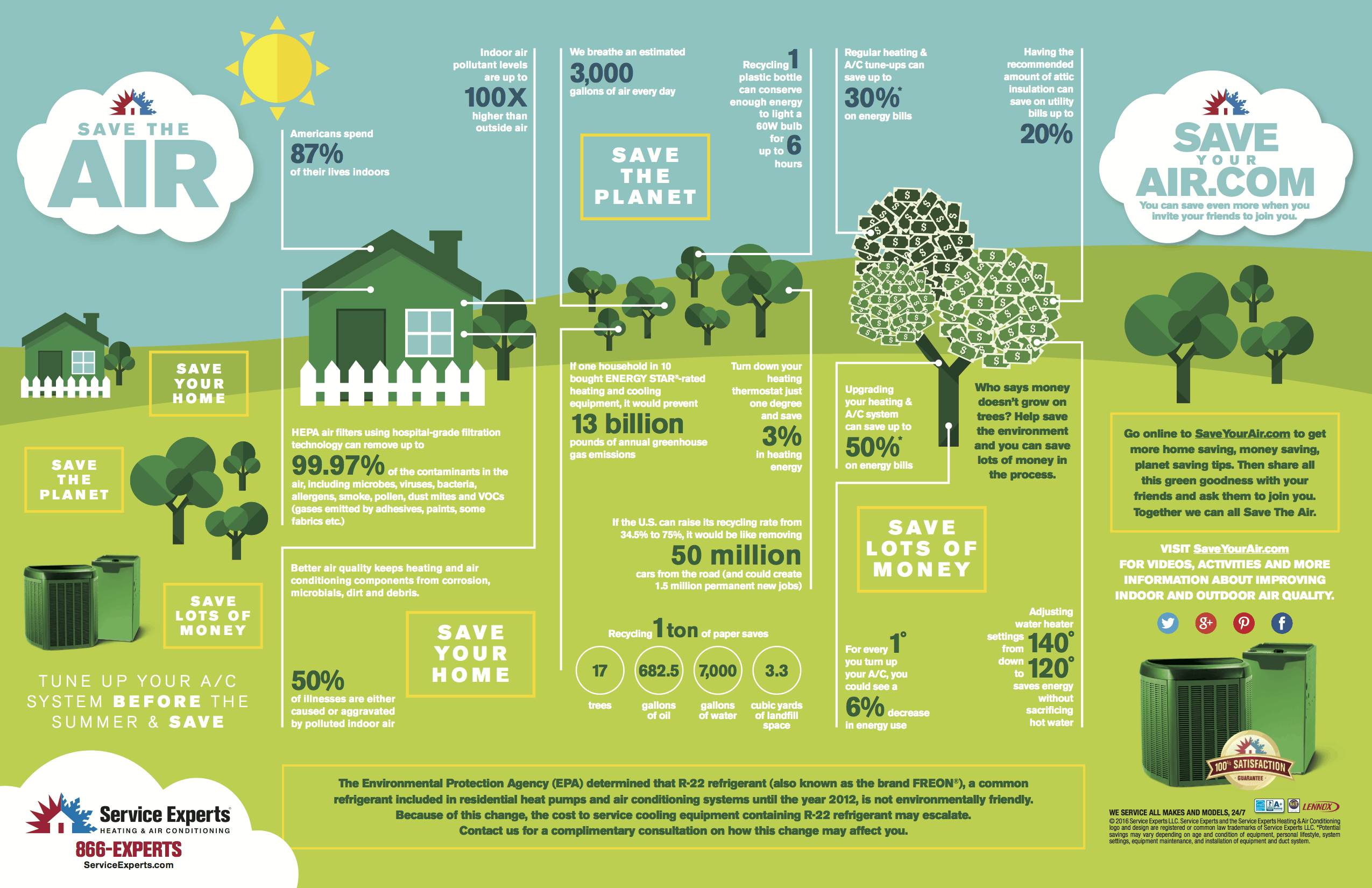The Ultimate Overview To Understanding Heat Pumps - Exactly How Do They Work?
The Ultimate Overview To Understanding Heat Pumps - Exactly How Do They Work?
Blog Article
Writer-Neergaard Hemmingsen
The very best heat pumps can save you substantial amounts of cash on power bills. They can likewise help reduce greenhouse gas emissions, especially if you use electricity instead of fossil fuels like propane and home heating oil or electric-resistance heating systems.
Heatpump work very much the like air conditioning unit do. This makes them a practical option to standard electrical home heating systems.
How They Function
Heat pumps cool homes in the summer and, with a little help from power or gas, they provide a few of your home's home heating in the winter months. They're a great option for people that want to lower their use of nonrenewable fuel sources but aren't prepared to change their existing furnace and air conditioning system.
please click the next page rely on the physical truth that even in air that seems too cool, there's still energy existing: warm air is constantly moving, and it wishes to move right into cooler, lower-pressure environments like your home.
The majority of ENERGY STAR accredited heatpump run at near their heating or cooling capacity throughout most of the year, minimizing on/off biking and saving energy. For the very best efficiency, concentrate on systems with a high SEER and HSPF score.
The Compressor
The heart of the heat pump is the compressor, which is likewise known as an air compressor. This mechanical streaming tool uses potential power from power development to raise the pressure of a gas by reducing its volume. It is various from a pump in that it just works with gases and can't collaborate with liquids, as pumps do.
Climatic air enters the compressor with an inlet shutoff. It circumnavigates vane-mounted arms with self-adjusting length that split the interior of the compressor, developing several cavities of varying dimension. The rotor's spin forces these cavities to move in and out of phase with each other, pressing the air.
The compressor draws in the low-temperature, high-pressure refrigerant vapor from the evaporator and presses it right into the hot, pressurized state of a gas. This procedure is duplicated as required to supply home heating or air conditioning as required. The compressor likewise consists of a desuperheater coil that recycles the waste warm and adds superheat to the cooling agent, transforming it from its fluid to vapor state.
The Evaporator
The evaporator in heatpump does the same point as it carries out in fridges and air conditioning system, changing fluid refrigerant into an aeriform vapor that gets rid of warmth from the area. Heatpump systems would not work without this vital tool.
visit the following web site of the system is located inside your home or building in an interior air trainer, which can be either a ducted or ductless unit. It has an evaporator coil and the compressor that compresses the low-pressure vapor from the evaporator to high pressure gas.
Heat pumps take in ambient warmth from the air, and after that make use of electrical power to move that warmth to a home or organization in home heating mode. That makes them a whole lot extra energy efficient than electrical heaters or furnaces, and since they're making use of tidy electrical energy from the grid (and not burning fuel), they also generate much less discharges. That's why heatpump are such terrific environmental options. (In addition to a massive reason that they're becoming so preferred.).
The Thermostat.
Heatpump are great alternatives for homes in chilly climates, and you can utilize them in mix with conventional duct-based systems or perhaps go ductless. They're a wonderful alternate to fossil fuel furnace or standard electrical heating systems, and they're extra sustainable than oil, gas or nuclear cooling and heating equipment.
Your thermostat is one of the most crucial component of your heatpump system, and it works extremely in a different way than a standard thermostat. All mechanical thermostats (all non-electronic ones) work by utilizing compounds that transform size with increasing temperature level, like curled bimetallic strips or the expanding wax in an automobile radiator shutoff.
These strips consist of 2 various kinds of steel, and they're bolted with each other to develop a bridge that completes an electric circuit attached to your a/c system. As the strip gets warmer, one side of the bridge broadens faster than the other, which triggers it to bend and signal that the heating unit is needed. When the heat pump remains in heating mode, the reversing shutoff reverses the flow of refrigerant, to make sure that the outside coil currently functions as an evaporator and the interior cylinder becomes a condenser.